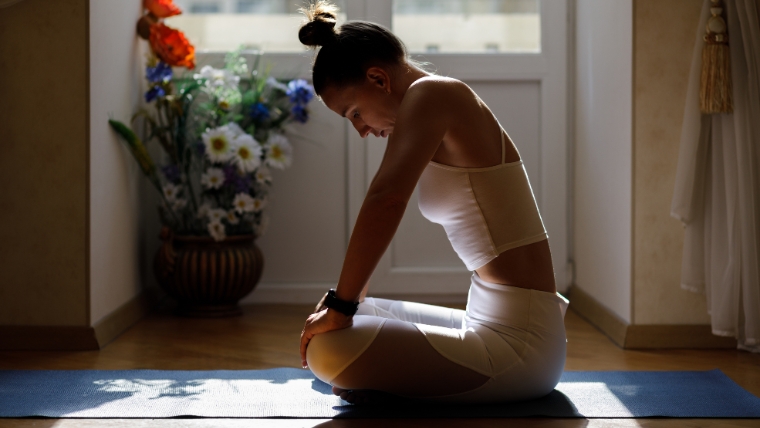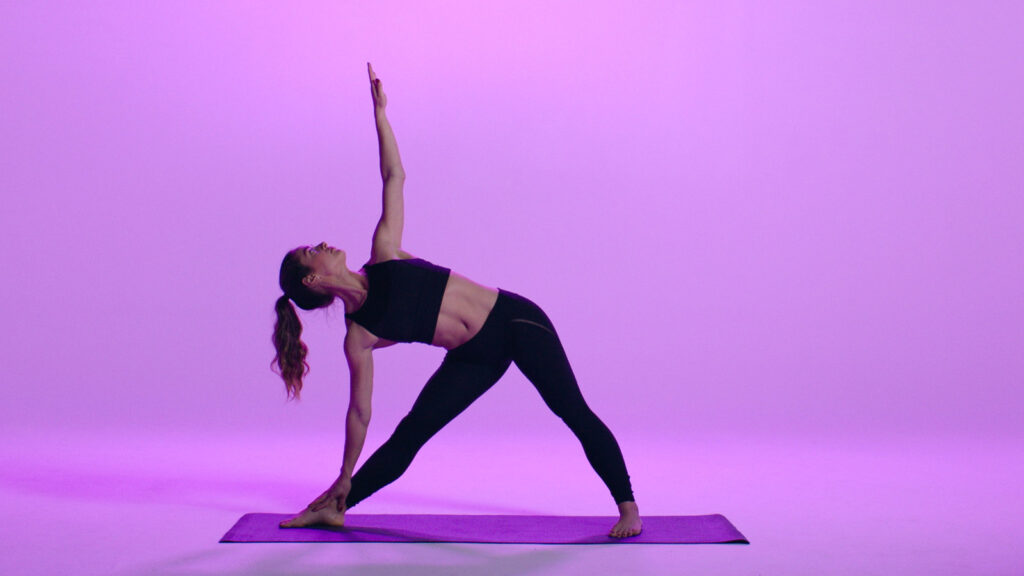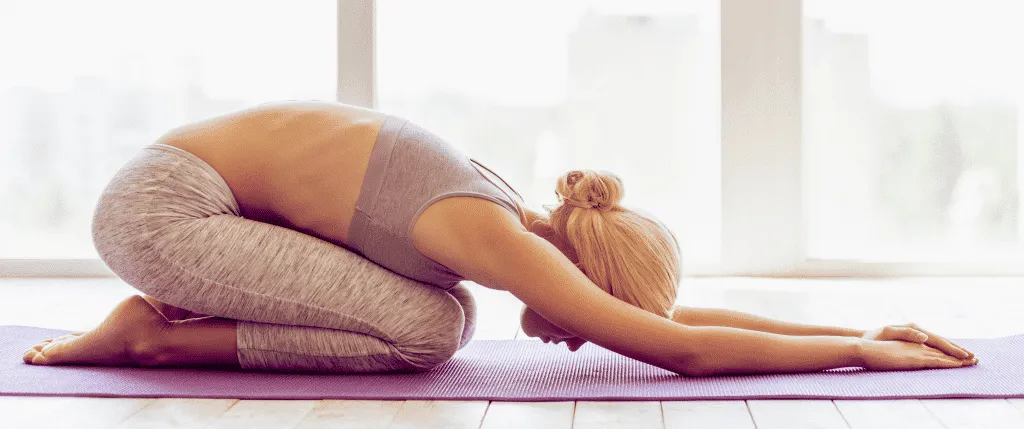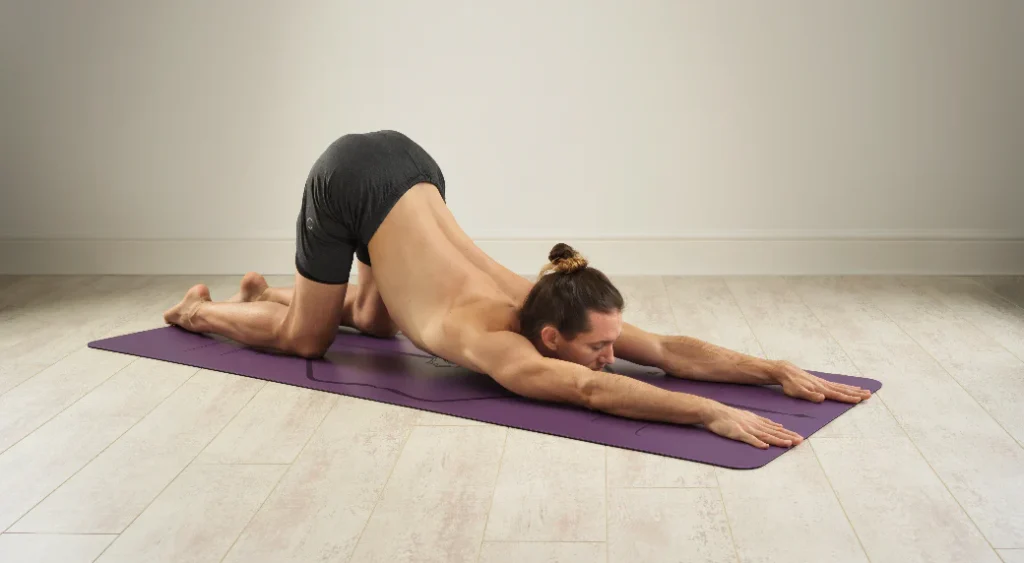Yoga Practice and Its Benefits
Yoga isn’t just a physical exercise, it’s a holistic approach that integrates the body, mind, and spirit. I recall my initial yoga session—anxious and unsteady, attempting various poses, resembling a wobbly giraffe, but leaving with a profound sense of tranquility that I hadn’t experienced in years. Whether you’re a novice or an experienced yogi, this ancient practice provides profound benefits that extend beyond physical flexibility. In this piece, we’ll delve into the essence of yoga, its remarkable advantages, the process of getting started, and why it’s a transformative force in today’s fast-paced world.
What is yoga?

Yoga, originating from the Sanskrit word ‘yuj’ (meaning union), is a 5,000-year-old discipline that integrates physical postures, breathing exercises, and meditation to achieve a state of balance between the body and mind. Originating in ancient India, it has transformed into different styles such as hatha, vinyasa, and ashtanga, each providing distinct approaches to overall well-being.
The fundamental elements of yoga.
Yoga is not solely about contorting the body into intricate positions. Its fundamental principles are:
Postures: physical positions that enhance strength, flexibility, and balance.
Pranayama (breath control): methods to regulate breathing and improve the flow of energy within the body.
Dhyana (meditation): techniques to quiet the mind and cultivate mindfulness.
Yamas and niyamas: moral principles that guide individuals in leading a virtuous and disciplined life.
These components collaborate to form a comprehensive approach that promotes overall well-being, encompassing both physical and mental health.
The advantages of practicing yoga.
The physical advantages of yoga are widely recognized and can be practiced by individuals of varying fitness levels. It’s not about being the most adaptable person in the room—it’s about being present for yourself.
Enhanced suppleness and range of motion.

Consistent yoga practice gradually stretches muscles and enhances joint flexibility over time. Research indicates that regular practice can enhance range of motion by up to 35% within a span of 8 weeks.
Improved power and stability.
Poses such as warrior ii or tree pose target the core muscles, legs, and stabilizing muscles. According to a study published in the journal of strength and conditioning research in 2015, practicing yoga can enhance functional strength just as effectively as traditional resistance training.
Improved posture and positioning.
Desk work and smartphone hunching have a detrimental impact on posture. Yoga poses such as mountain pose and cat-cow help align the spine, alleviating back and neck pain gradually.
Pain alleviation and injury avoidance.
Yoga’s gentle and non-intrusive approach makes it an excellent choice for individuals seeking relief from chronic pain. A comprehensive analysis conducted in 2017, published in the cochrane database, revealed that practicing yoga can effectively alleviate lower back pain, surpassing the benefits of non-exercise interventions.
Physical advantage.
Yoga and its Benefits
Example poses.
Adaptability:
Stretching exercises relaxes the muscles and joints.
Downward dog, forward fold.
Strength:
Involves various muscle groups.
Plank, warrior ii.
Balance:
Enhances balance and coherence.
Tree pose, eagle pose.
Relief from discomfort.
Alleviates stress and swelling.
Child’s pose, bridge pose.
The psychological and emotional advantages of yoga.

Yoga’s enchantment lies in its power to calm the mind while simultaneously enhancing physical strength. After a hectic day, a 20-minute yoga routine provides a sense of rejuvenation, as if pressing the reset button.
Meditation and mindfulness practices.
Practicing yoga helps reduce cortisol levels, the stress hormone, by engaging the parasympathetic nervous system. According to a study published in the journal frontiers in immunology in 2018, individuals who regularly practice yoga experienced a 20% decrease in cortisol levels after a 12-week program.
Enhanced concentration and mental lucidity.
Practicing Pranayama and meditation enhances mental agility. According to a study published in the journal of alzheimer’s disease (2016), practicing yoga can enhance memory and attention in adults aged 55 and above.
Emotional resilience.
Practicing yoga cultivates mindfulness, enabling you to navigate and process emotions without feeling overwhelmed. I’ve discovered that dedicating just 10 minutes to meditation following a challenging day allows me to approach obstacles with a more focused and composed mindset.
Improved sleep duration.
Yoga’s calming practices, such as yoga nidra, encourage more profound sleep. According to a study conducted in 2020 in the field of sleep medicine, practicing yoga can enhance sleep efficiency by 15–20% in individuals who struggle with insomnia.
Mental advantage.
Yoga and its Benefits
Attempt to Practice.
Relaxation techniques.
Reduces stress hormone, induces calmness.
Relaxation Pose, Nadi Shodhana.
Concentration and lucidity.
Improves mental acuity.
Yoga, equilibrium poses.
Emotional resilience.
Cultivates self-awareness and emotional control.
Meditation, yoga.
Improved rest.
Reduces anxiety.
Yoga nidra, legs-up-the-wall pose.
Yoga for particular health problems.

Yoga’s adaptability makes it an effective tool for addressing a wide range of health concerns. It’s like a versatile tool for wellness—there’s a pose or practice for almost any situation.
Yoga for cardiovascular well-being.
Poses such as bridge and camel are known to enhance blood flow and reduce blood pressure levels. According to a study conducted in 2013 in the American Journal of Hypertension, practicing yoga can lead to a 10 mmHg decrease in systolic blood pressure among individuals with hypertension.
The article discusses how yoga can help people with chronic pain by reducing stress, improving flexibility, and enhancing well-being.
Restorative yoga and gentle flows are effective in alleviating conditions such as arthritis and fibromyalgia. According to a study conducted in 2019 within the field of pain medicine, it was found that practicing yoga can decrease pain intensity by 30% in individuals diagnosed with fibromyalgia.
The article examines the effects of yoga on various mental health conditions, such as depression, anxiety, and PTSD. It reviews the existing literature and presents the results of a randomized controlled trial that compared yoga with a waitlist control group. The article concludes that yoga can be an effective and accessible intervention for improving mental health outcomes.
Yoga is a supplementary treatment for depression and anxiety. According to a study published in a 2021 issue of a psychiatric practice journal, practicing yoga in combination with therapy can lead to a 25% reduction in depressive symptoms.
Yoga for gut wellness.
Twisting poses, such as seated twist, are known to aid digestion and alleviate bloating. They’re like a soothing massage for your insides, aiding in the smooth movement of things.
Beginner’s Guide to Yoga
Embarking on a yoga journey may seem daunting, but it’s all about taking that initial leap. Here are some tips to help you get started without feeling daunted.
Discovering the Optimal Yoga Style
Not all yoga is the same. Beginners may find hatha yoga appealing due to its relaxed pace, while individuals seeking a more dynamic flow may prefer vinyasa yoga. This is a brief contrast:

Yoga style.
Best for.
Strength:
Concentration:
Yoga:
Beginners, all ages.
Low:
Alignment, fundamental poses.
Vinyasa is a type of yoga that involves flowing from one pose to another in a synchronized manner.
Active individuals.
Medium–high:
Flow, breath-to-movement.
Ashtanga is a form of yoga that focuses on physical and mental endurance.
Experienced yogis.
High:
Power, self-control.
Restorative:
Relaxation, healing.
Low:
Unwind, soothing movements.
Yin:
Stretching, mobility.
Low:
Long-held poses, deep stretch.
Where to do yoga.
In-person classes: nearby studios provide a sense of community and assistance. Search for nearby classes on websites like classpass.
Online platforms: apps like yoga with adriene or glo offer free or reasonably priced classes for practicing yoga at home.
Self-guided practice: begin with online tutorials or books like “Light on Yoga” by B.K.S. Iyengar.
Necessary equipment for yoga practice.
You don’t need much to start, but these tools enhance your practice:

Yoga mat: a non-slip mat (e.g., lululemon or manduka) guarantees safety.
Blocks, straps, and bolsters are props that help beginners.
Comfortable clothing: loose-fitting garments made of breathable fabric, such as leggings or tees.
Hydrate yourself with a water bottle during practice.
To find the most cost-effective options, browse through online retailers like Amazon or specialty stores like yoga outlets for reasonably priced, top-notch equipment.
Suggestions for Novices
Begin with 10–15 minutes each day to establish routine.
Emphasize breath instead of striving for flawlessness in positions.
Pay attention to your physical sensations—prevent yourself from aggravating discomfort.
Enroll in an accessible class to acquire accurate alignment.
Advantages and Disadvantages of Yoga.
Yoga has its pros and cons, just like any activity. This is a balanced look:
Cons::
Suitable for people of all ages and physical capabilities.
Engaging in physical activity can enhance both physical and mental well-being.
Requires little equipment.
Can be performed in any location—house, garden, or art room.
Pros::
Gains can be gradual, necessitating tolerance.
Potential for Harm if Done Incorrectly
Some forms (e.g., bikram) may not be suitable for everyone.
The cost of classes can vary greatly depending on the location.
